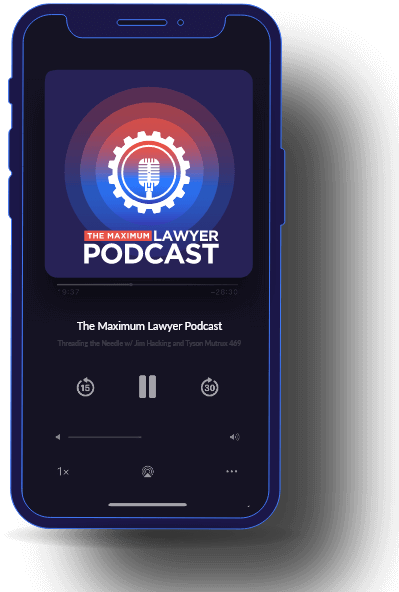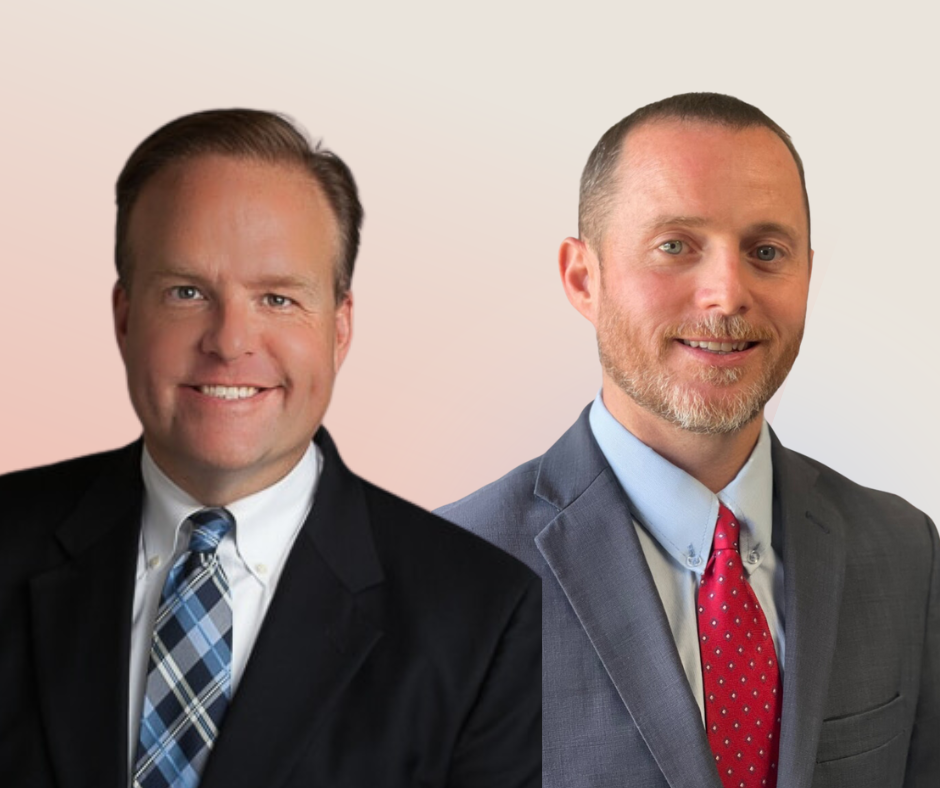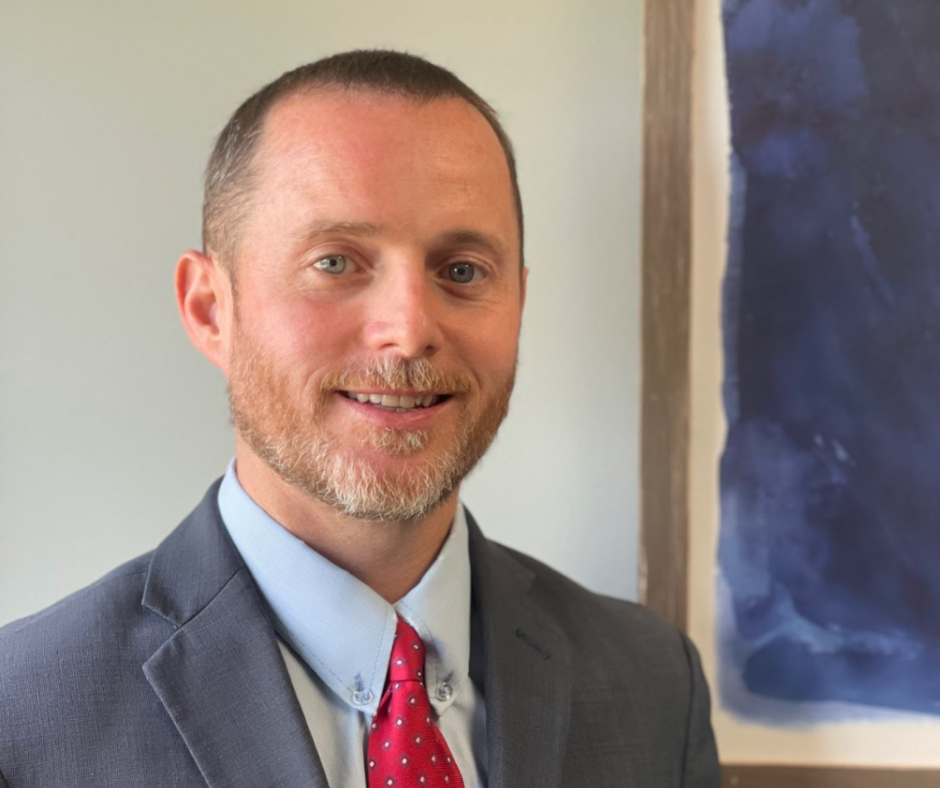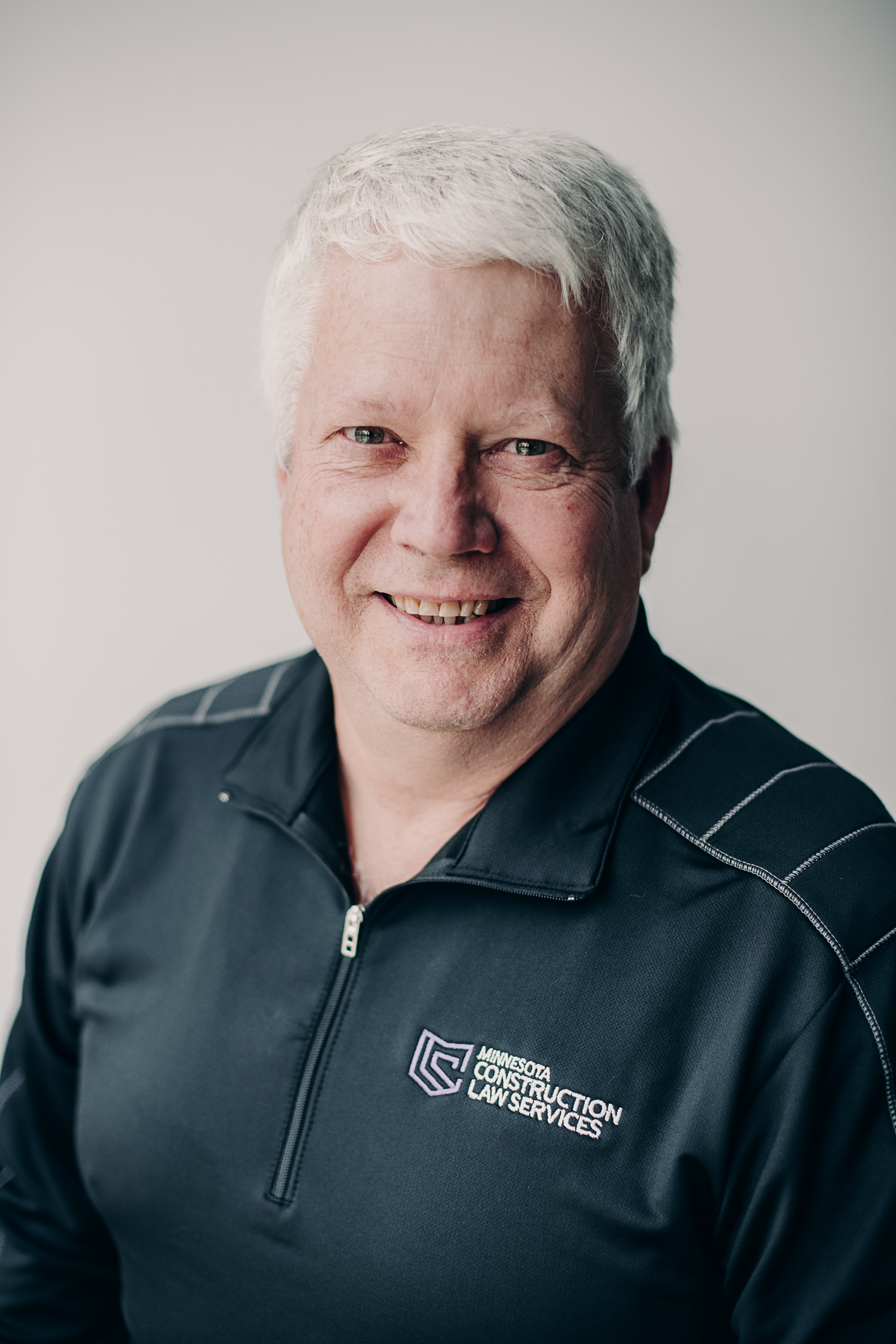Do you struggle with keeping realistic expectations? In this episode of the Maximum Lawyer Podcast, Tyson and Jim share their insights on unbridled optimism and how it relates to the field of law.
Today we're excited to share a presentation by Jay Henderson from MaxLawCon 2021! Tune in to learn all about how to maximize your potential.
Jay is a performance & leadership expert, speaker, and author of The Ultimate Guide to Hiring Super-Stars in Any Small Business. He is also the creator of the 5 Shifts to Greater Profits – a proven method that accelerates any business result you seek. Jay is one of the most sought-after leadership performance consultants and hiring experts in the country, regularly speaking at national conventions for business leaders.
1:56 interference everywhere
5:15 what made the difference
9:03 three core decision making dimensions
13:17 we need high standards
16:43 go in with a new KPI
20:01 problem with my profits
24:18 wrong focus, not enough trust
27:03 you need that gap
Watch the podcast here.
Join the Guild: www.maxlawguild.com
MaxLawCon tickets are on sale now! Grab your ticket today at www.MaxLawCon2022.com. Join us for the best conference for legal entrepreneurs at the Ameristar Casino, Resort, and Spa in St. Charles, MO, on Thursday, June 2nd, and Friday, June 3rd!
Guild Membership
Free Access to Stage 1 of Maximum Lawyer in Minimum Time
Sign Up Today!Customer Reviews
4.9 out of 5
Join Our Facebook Group
Enjoy Exclusive Access To Stage One Of The Maximum Lawyer In Minimum Time Course
Privacy Policy
This privacy policy has been compiled to better serve those who are concerned with how their ‘Personally Identifiable Information’ (PII) is being used online. PII, as described in US privacy law and information security, is information that can be used on its own or with other information to identify, contact, or locate a single person, or to identify an individual in context.
Please read our privacy policy carefully to get a clear understanding of how we collect, use, protect or otherwise handle your Personally Identifiable Information in accordance with our website.
What personal information do we collect from the people that visit our blog, website or app?
When ordering or registering on our site, as appropriate, you may be asked to enter your name, email address or other details to help you with your experience.
When do we collect information?
We collect information from you when you register on our site, place an order, subscribe to a newsletter, Use Live Chat, Open a Support Ticket or enter information on our site.
How do we use your information?
We may use the information we collect from you when you register, make a purchase, sign up for our newsletter, respond to a survey or marketing communication, surf the website, or use certain other site features in the following ways:
- To personalize your experience and to allow us to deliver the type of content and product offerings in which you are most interested.
- To improve our website in order to better serve you.
- To allow us to better service you in responding to your customer service requests.
- To quickly process your transactions.
- To send periodic emails regarding your order or other products and services.
- To follow up with them after correspondence (live chat, email or phone inquiries)




